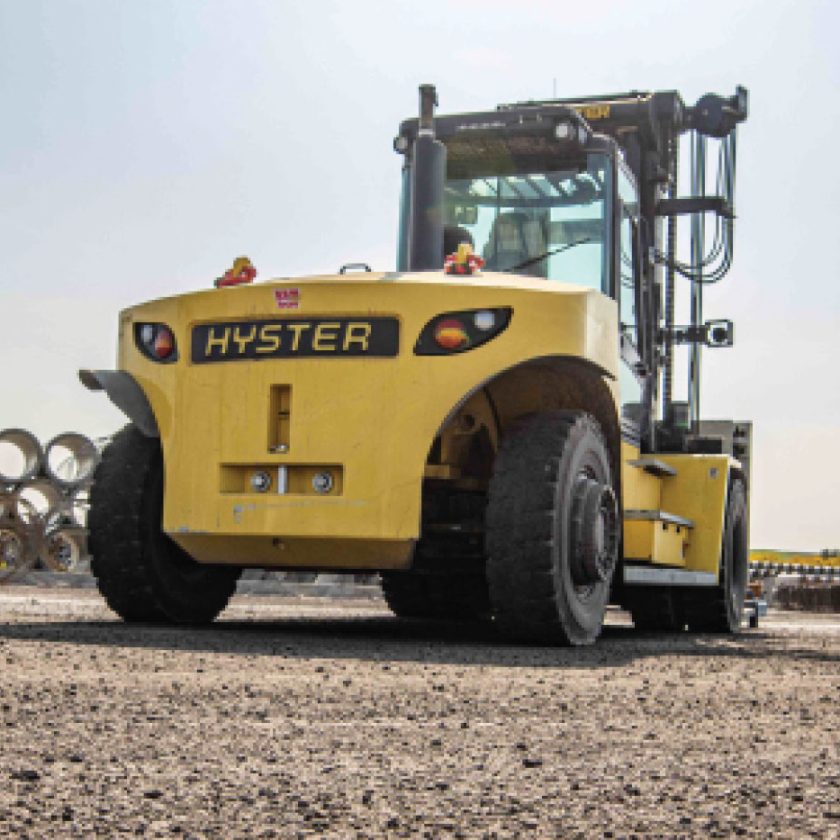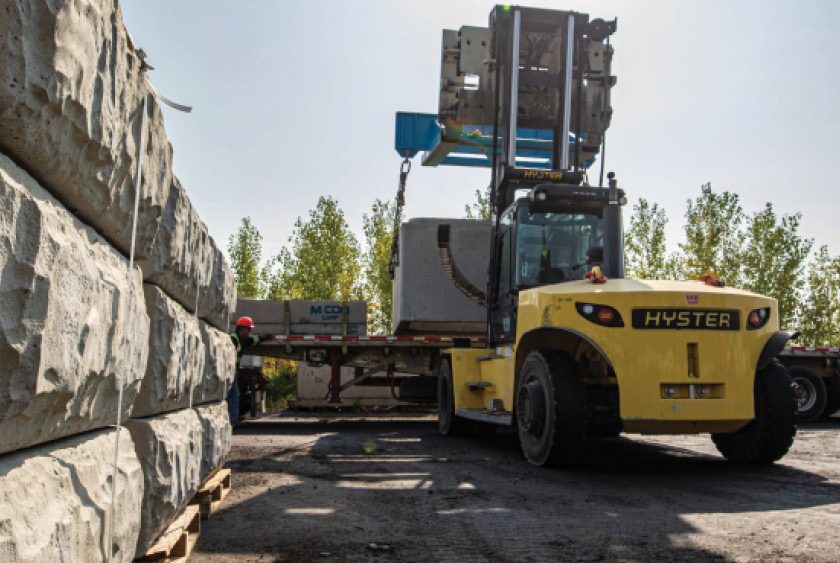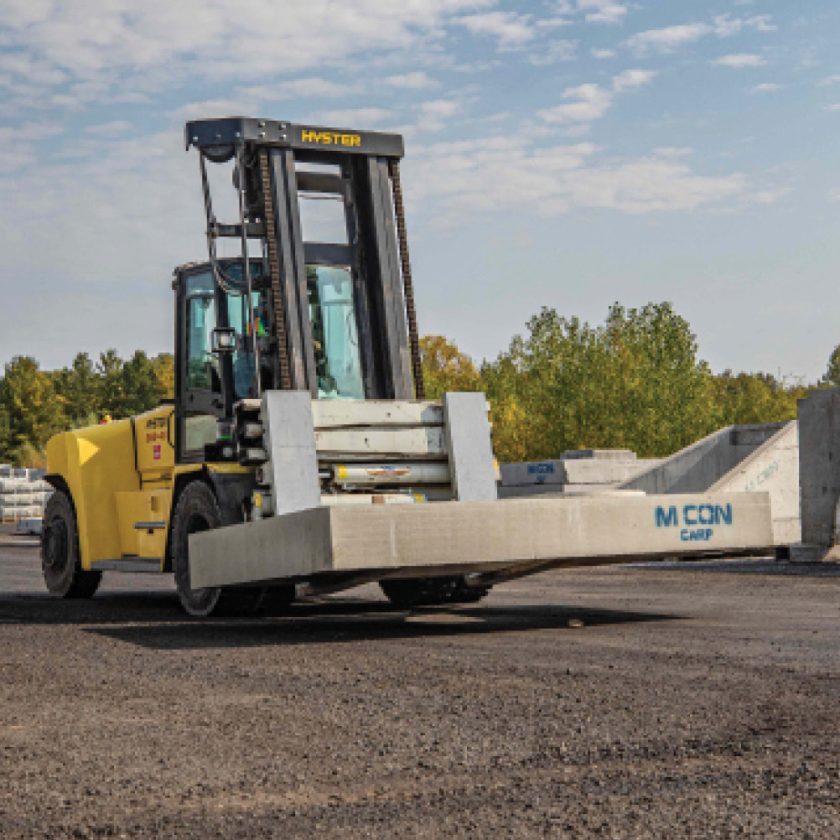Founded in 1989 to serve Ottawa and eastern Ontario markets, M CON Products Inc. is a leading provider of precast concrete infrastructure components. It produces everything from manholes and catch basins, to pipe, box culvert and other critical concrete structures supporting residential and commercial developments. As the City of Ottawa and surrounding areas have grown, so too has M CON, whose annual production climbed from 40,000-50,000 tons to 70,000-80,000 tons over a five-year period.
In addition to the company’s sheer growth in volume, product mix has likewise evolved. Deliveries of larger, heavier structures or elements such as large diameter pipe used for subdivision storm retention, have grown significantly to account for a greater part of M CON’s business. “About a decade ago, we’d make 10 pieces a year of those large items,” says Plant Manager Tim Underhill. “Now, that figure is over 100.”
With the types of products made at the facility changing, M CON needed to re-evaluate the capabilities of its lift trucks, both in terms of capacity and handling capability. The producer needed to purchase new equipment with the right attachment to handle the larger structures, but that was not the only factor staff considered. Historically, the company ran trucks with a 25,000-lb. lifting capacity. While that was sufficient to meet yard needs, the duty cycle taxed the equipment to its limit, leading to significant expenditures to keep the mission-critical machines moving.
FLEET UPGRADE
M CON began a competitive bid process involving multiple equipment brands and dealers to find the best solution for handling larger precast concrete structures or elements. Among parties it engaged was Wajax, long-time equipment supplier and local Hyster dealer. Representatives visited the M CON yard to get a firsthand look at the operating environment and weights, dimensions and characteristics of products to be handled, along with an in-depth take on goals for performance, long-term costs and other requirements.
“We actually narrowed our choice pretty early,” Underhill recalls. “Wajax matched everything up with what we needed and it became apparent we wanted a Hyster truck.” Rather than a 25,000-lb. capacity model like M CON had historically used, he adds, Wajax recommended a step up in capacity to 36,000 lbs. with the Hyster H360HD, capable of handling the increased volume of larger products, while alleviating the operation’s challenge of taxing equipment to its limit.
“In the past, we’d buy equipment that was at the top end of its capacity limit based on our expected workload, so when they came back with the 36,000-pounder, it was bigger than we initially thought,” Underhill observes. “But it made sense. It was the smart way to go for equipment longevity and service costs.”
Capacity was only part of the calculation, he adds. Handling cylindrical concrete products requires a specialized attachment, and M CON has certain diameter, weight and application criteria the clamp needed to meet. The Hyster engineering team proposed a solution that integrated the proper size hydraulic box and pipe clamp with the right lift truck to provide M CON an effective solution. Depending on the size of the product, the operator can set the correct PSI and enable the clamp to apply the proper force. Crucially, the clamp spreads that pressure throughout—not just on a single point—helping reduce the risk of cracking or other damage in product transfer.
The final piece of the puzzle was to ensure the solution was designed around the needs of the operator all year long. The H360HD specified for M CON features an insulated, heated cab for the freezing Canadian winters, along with air conditioning to help operators stay comfortable and productive in hotter summer months.
DEPLOYMENT
Upon delivery, the H360HD was up and running for M CON faster than any prior lift truck deployed. Wajax representatives maintained a regular presence to monitor progress and even made additions for further optimization. For example, they added a dustpan to the truck to minimize the impact of airborne debris on performance and enable maximum ongoing productivity.
“My goal is to minimize the time our operators spend out of their lifts,” says Tim Underhill. “This truck is able to handle the full range of material handling tasks at our facility, meaning we avoid time lost because they do not need to hop between different lift trucks for different tasks. [It’s] an essential tool in our operation.” — Hyster Co., 800/497-8371; www.hyster.com



